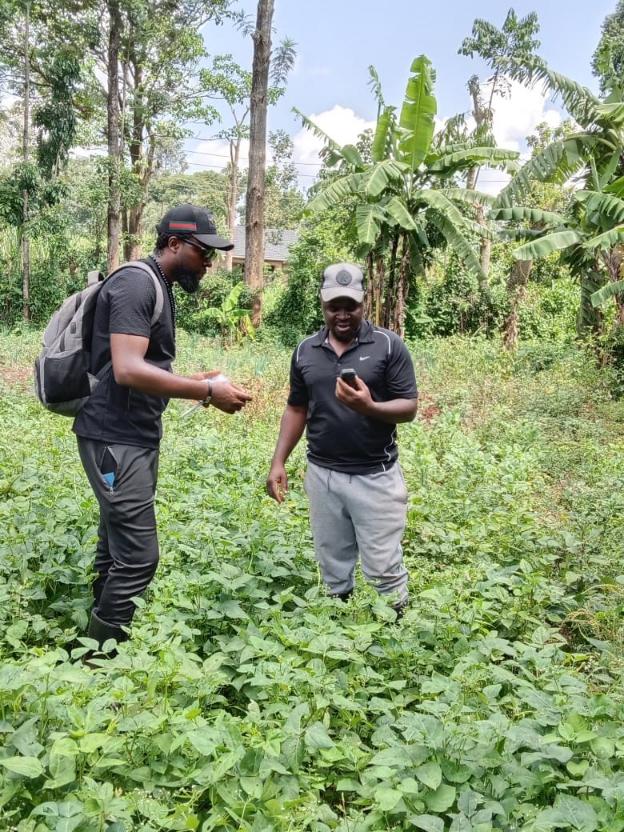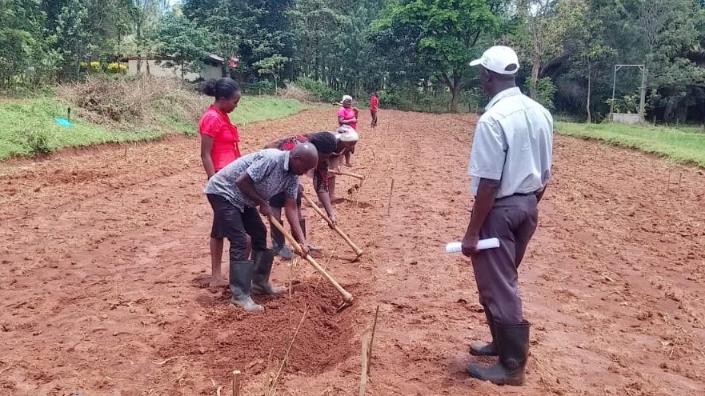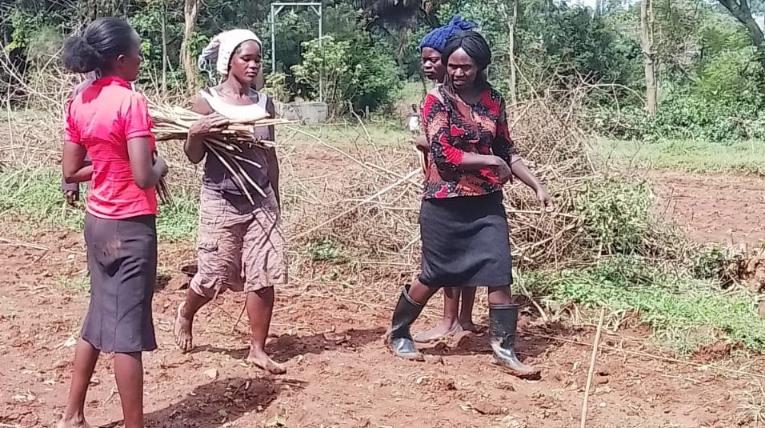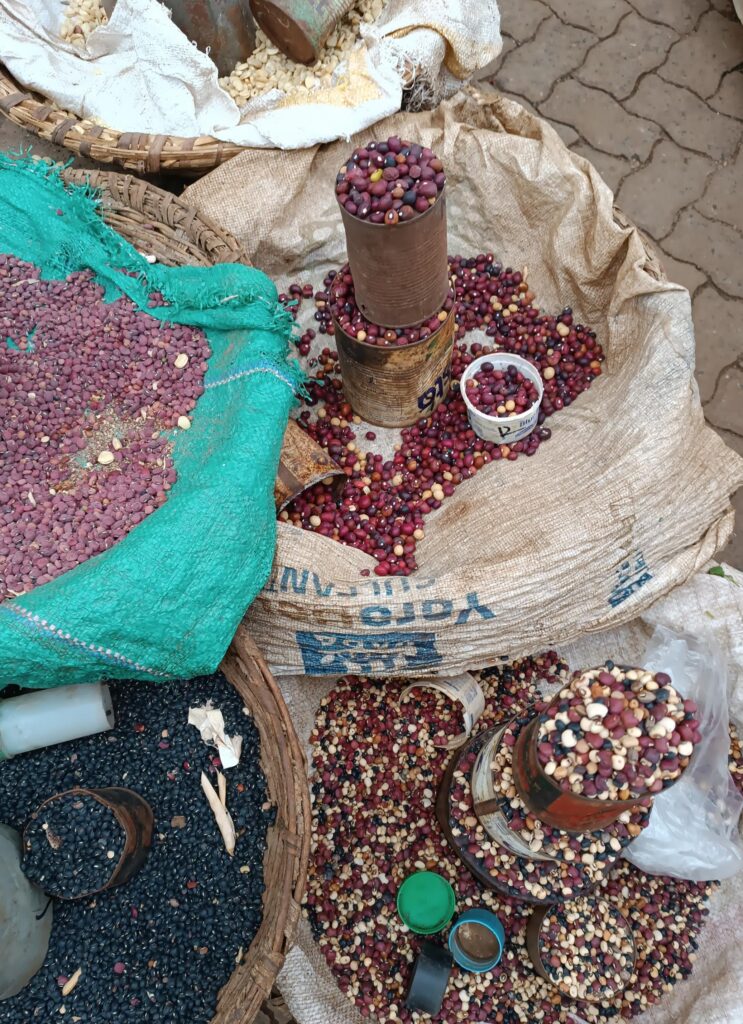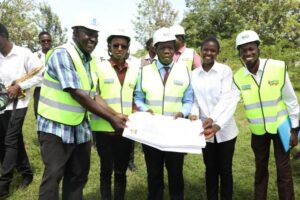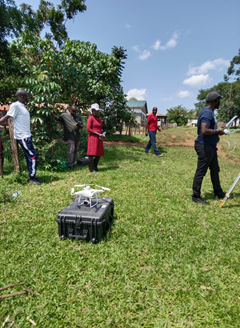
Prof. John Muoma Embarks on a Second Collaborative Project Aimed at Enhancing Biological Nitrogen Fixation in Key Legumes
Masinde Muliro University of Science and Technology’s Prof. John Muoma and Dr. Sergio Svistoonoff of Plant Health Institute Montpellier (PHIM) have embarked on a collaborative project, courtesy of the Kenya-France Pamoja Initiative. The project, led by Dr. Saliou Fall (Institut Sénégalais de Recherches Agricoles-ISRA) alongside a research team from Kenya, France and Benin, is supported by the Bill and Melinda Gates Foundation through its Light Touch Grant. It aims at enhancing estimation methods of Symbiotic Nitrogen Fixation (SNF) in key legumes, specifically groundnuts and cowpeas.
In Kenya, the project is spearheaded by Prof. John Muoma and Dr. Clabe Wekesa, together with graduate student Lucy Makhapila. The two (2) legume crops (cowpeas and groundnuts) in the study were planted between 25th and 30th March, 2025 on three (3) farms. One (1) in MMUST, KALRO and Bukura research institutes. After tendering and weeding the crops for 2 months, imaging was done on 11th June, 2025. A consultant in Imaging was involved and data generated using a drone. The jest of the innovative work involved the use of drone-based multispectral imaging combined with Artificial Intelligence (AI) models to predict key nitrogen fixation parameters of the 2 crops. The success of this model will enable the development of a web-based tool to predict biomass, nitrogen content ([N]) and %Ndfa. It will also set up a platform for data sharing and long term use via cloud. The model will build the capacity of the young scientist in the project where Ms. Makhapila is actively involved in the project and will be traveling to four (4) countries to interact with other scholars in the project and get involved in the different countries’ role in the research project.
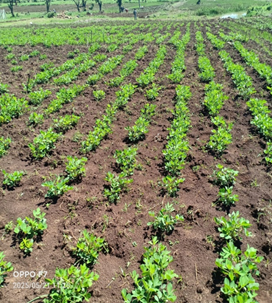
Groundnut field at KARLO.
In addition to imaging, the research team collected physical samples of the crops being studied, along with non-fixing plants used as guard rows from the 3 sites. This was led by the Post Doc student from Senegal, Dr. Darius Nzepang, who has also been in MMUST from 11th -17th June, 2025. The samples are currently being processed and will be sent to partners in Belgium for further analysis.
MMUST is proud to be part of a great innovative initiative, which will enable scientists to use AI models to predict key nitrogen fixation parameters. The end product should reduce reliance on synthetic nitrogen fertilizers and lower greenhouse gas emissions. This project stands to significantly improve agricultural sustainability and productivity in African legume cropping systems, ultimately benefiting local farmers and the environment.
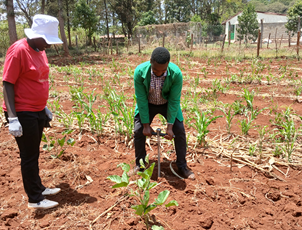
Soil sampling for analysis prior to planting.
Research Institutions Involved in the project are ISRA (Senegal)- [ISRA Website](https://www.isra.sn/), MMUST (Kenya) – [MMUST Website](https://www.mmust.ac.ke/), IRD (France) – [IRD Website](https://www.ird.fr/), INRAB (Benin) – [INRAB Website](https://inrab.bj/). Research activities are being conducted concurrently across the four research institutions.

